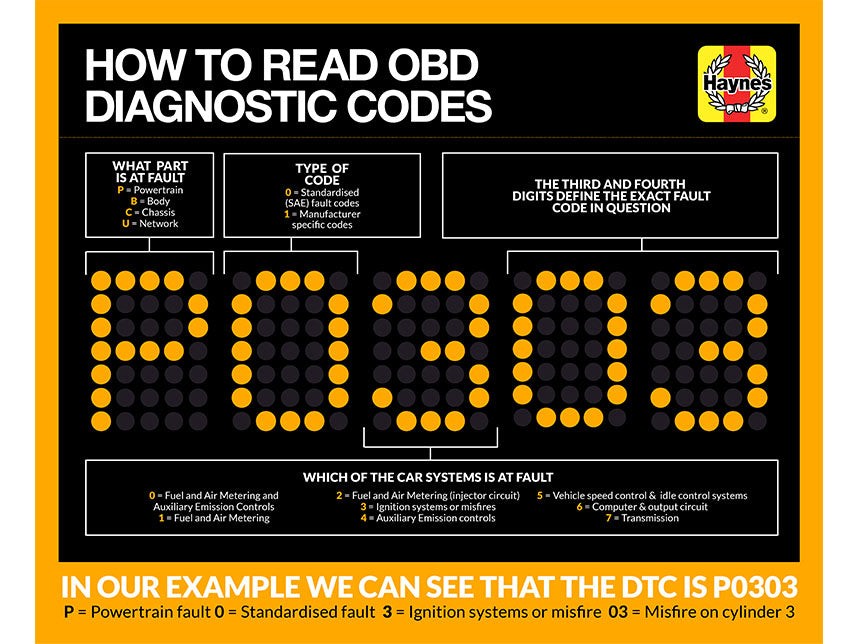Obd2 Manual Codes, also known as Diagnostic Trouble Codes (DTCs), are a crucial element of modern vehicle diagnostics. These codes provide valuable insights into the health and performance of your car, allowing mechanics and car enthusiasts to pinpoint issues affecting various systems. This comprehensive guide delves into the structure and meaning of OBD2 manual codes, empowering you to understand and interpret them effectively.
Understanding the structure of OBD2 codes is essential for accurate diagnosis. Each code follows a specific alphanumeric format that reveals crucial information about the nature and location of the problem:
Decoding the Structure of OBD2 Codes
OBD2 codes consist of a five-character alphanumeric sequence: a letter followed by four numbers. Each character and digit carries a specific meaning, contributing to the overall diagnostic information conveyed by the code:
The First Letter: Identifying the Affected System
The first letter signifies the area of the vehicle where the fault originated:
- P: Powertrain (engine, transmission, and related components)
- B: Body (systems like airbags, power seats, and central locking)
- C: Chassis (steering, suspension, and braking systems)
- U: Network (communication systems between various vehicle modules)
The First Number: Standard or Manufacturer Specific
The first digit indicates whether the code is standardized or specific to the vehicle manufacturer:
- 0: Standardized (SAE) fault codes, common across various makes and models.
- 1: Manufacturer-specific codes, unique to the particular automaker.
The Second Number: Pinpointing the Subsystem
The second digit narrows down the system within the broader category identified by the first letter. For instance, within the Powertrain (P) category:
- 0: Fuel and Air Metering and Auxiliary Emission Controls
- 1: Fuel and Air Metering
- 2: Fuel and Air Metering (injector circuit)
- 3: Ignition Systems or Misfires
- 4: Auxiliary Emission Controls
- 5: Vehicle Speed Control and Idle Control Systems
- 6: Computer and Output Circuit
- 7: Transmission
The Third and Fourth Numbers: Specifying the Exact Fault
The final two digits pinpoint the specific fault within the identified subsystem. These digits provide the detailed information necessary for accurate diagnosis and repair. For example, P0303 indicates a misfire in cylinder 3.
 Example of a Diagnostic Trouble Code (DTC)
Example of a Diagnostic Trouble Code (DTC)
Common OBD2 Trouble Codes and Their Meanings
A comprehensive list of common OBD2 codes can be found in repair manuals or online resources. Here’s a sample table showcasing a few examples:
| Code | Code Identification |
|---|---|
| P0101 | Mass Air Flow (MAF) Sensor Circuit Range/Performance Problem |
| P0300 | Random/Multiple Cylinder Misfire Detected |
| P0420 | Catalyst System Efficiency Below Threshold (Bank 1) |
| P0700 | Transmission Control System (MIL Request) |
Conclusion
Understanding OBD2 manual codes is vital for effective vehicle diagnostics. By deciphering the structure and meaning of these codes, you can gain valuable insights into your car’s health, facilitating timely repairs and ensuring optimal performance. Consulting a comprehensive OBD2 code chart or a qualified mechanic can provide further assistance in diagnosing and resolving specific issues. Remember that this table doesn’t cover all possible codes, and consulting a complete OBD-II code chart is recommended.